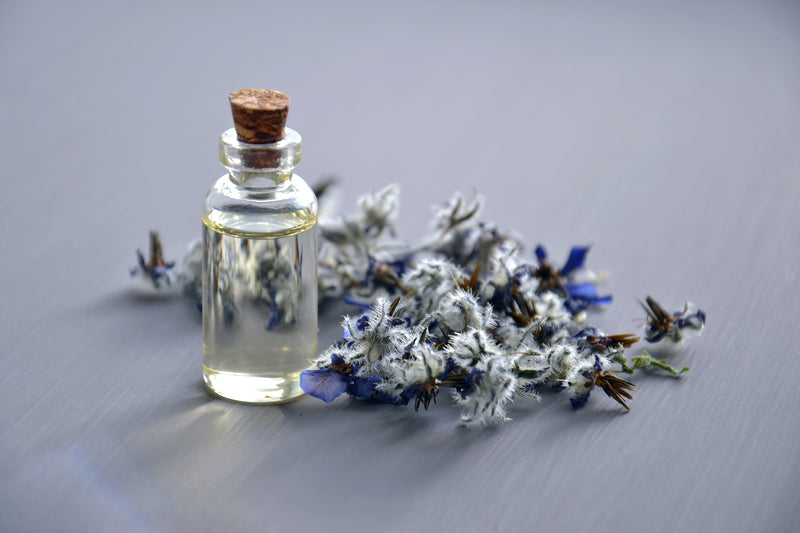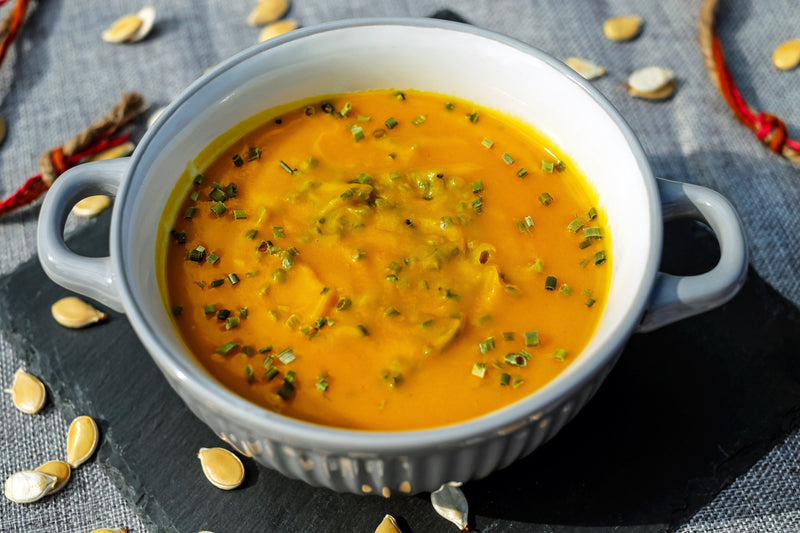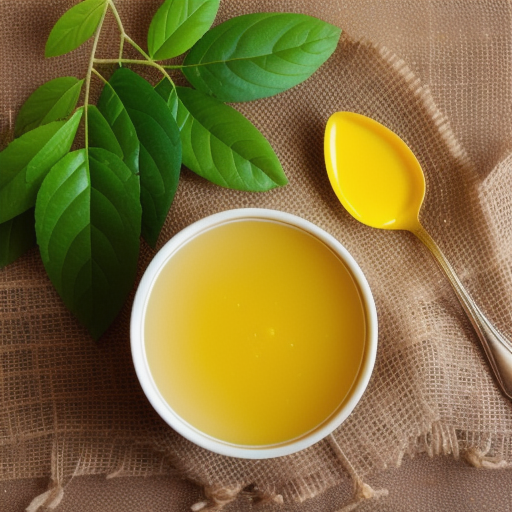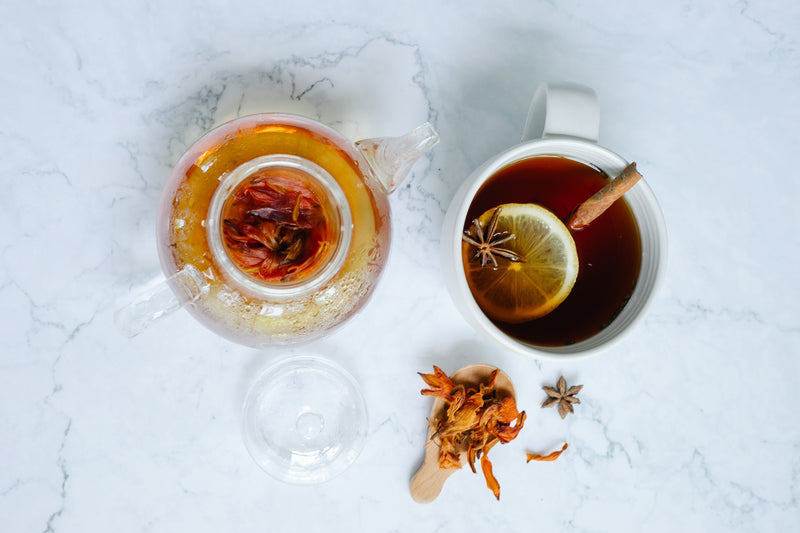The short answer is - it depends on the suitability of the milk consumed, for your body, it’s Doshas, Dhatus, their balance and imbalances.
According to Ashtanga Hridayam, which is one of the three great treatises in Ayurveda, milk has different qualities based on its source. The milk referred to in Ayurveda is of animal origin.
In this post we will look at the milk from animal origin only. A later post will discuss the milk from plant origin.
Milk may be sourced from cows, buffaloes, goats, sheep, camels, etc. Here we will look at the qualities of the most commonly used dairy milk - cow’s milk, buffalo’s milk and goat’s milk.
According to Ayurveda, milk is said to be sweet in taste, building and nourishing for all the tissues of the body. It is not easily digestible and is cooling. [ Ashtanga Hrdayam ]
Cow’s milk is supposed to promote long life, is a rejuvenator, increases strength and vitality, eases bowel movement and helps in recuperating from exhaustion, hunger, etc.
Buffalo’s milk is considered to be good for those with a strong appetite and those suffering from insomnia. It is not easily digestible and is cold in potency.
Goat’s milk is considered to be easily digestible and helps in case of diarrhea. For people with low digestive ability, goat's milk is an option to consider.
Among the different types of milk, cow’s milk is considered the best among the milks of animal origin. In traditional Indian homes, the cow is a part of the family and is treated with great love and respect. Cows are also the favorite of Lord Krishna. The calf always gets its share of the milk first, from its mother, before humans consume it. The calf is not separated from the mother and this increases the Sattva and good qualities of the milk.
Although cow’s milk is the best among milk of animal origin, what is the best cow’s milk? Is it Raw milk ? Organic milk ? Grass fed milk ? A1 or A2 milk?
Lots of questions arise when we walk into the grocery stores these days and see huge aisles stocked up with milk jugs from different brands and farms. Where do we start? Do we grab the cheapest milk jug so that we can consume as much milk and dairy products as we wish? What are the health implications of consuming any of these types of dairy milk?
Recent studies have shown that there are 2 types of cow’s milk based on the milk protein - beta casein found in it - the A1 beta casein or the A2 beta casein. The cows that produce milk containing A1 beta casein (along with a little of A2 beta casein) are known as A1 cows and the milk is called A1 milk. Whereas, the cows that produce milk containing A2 beta casein are called A2 cows and the milk is called A2 milk.
In ancient days, when the Ayurvedic texts were written, all cow’s milk was A2 milk. The cows grazed freely on grass, which was their main diet. The calves were not separated from the mother. No pesticides were being sprayed on land, no artificial hormones and antibiotics were being injected into the cows. There was no high heat pasteurization or homogenization done to the milk, except boiling the milk in a pot. This type of cow’s milk is what Ayurveda says is the best for health.
However, it is said that a few hundred years ago, a genetic mutation took place and some breeds of cows started producing A1 milk. These cows produce more milk than the A2 cows. More dairy farms started operating, people started consuming more dairy and dairy products. Pesticide use, artificial hormones and antibiotics use increased. High heat pasteurization and homogenization began to increase the shelf life and taste of milk. This type of dairy milk and dairy products are not considered healthy and can cause a lot of imbalances and disease in the body leading to a number of diseases. If interested, feel free to read up more on this topic. Some references are given below.
In the modern days, in India, all ( desi ) cows with humps are Bos Indicus and deliver A2 milk. Gir cows belong to the Bos Indicus category and are the most prevalent amongst the indigenous breeds. Other than Indian indigenous breeds of cows, Jersey, Guernsey, Normande and Brown Swiss breeds have a higher percentage of A2 genes than Holstein cows.
Why is A2 milk better than A1 milk?
A2 beta casein found in the milk from A2 cows is very similar to the beta casein proteins found in human breast milk. The human body recognizes this protein and is able to digest and absorb it better than A1 beta casein.
So with this knowledge in hand, when shopping for dairy milk in the grocery store aisles, look for (ideally, Cruelty-free / Ahimsa ), Grass-fed, Organic, low-heat pasteurized, A2 milk and milk products. If buying Raw A2 milk, make sure to boil it well before consuming. So far, the only farm in USA that meets all these criteria is the Gita Nagari Eco Farm.
It is of importance to know that some individuals may be intolerant to the lactose in milk or be allergic to the different proteins in milk. Avoid dairy milk and its products if any of these conditions exist and consult your physician / doctor.
If you would like personalized Ayurvedic guidance, contact us or sign up for a consultation.
Please Note: This post is not medically qualified. This post is written by an Ayurvedic Wellness Practitioner. If you have even the slightest doubt about any of what is mentioned in this post, consult with your doctor about them.
References :
- Translated by Prof. K.R. Srikantha Murthy. 2018. "Ashtanga Hrdayam", Sutrasthana Ch.5. Chowkhamba Krishnadas Academy Varanasi.
- Keith Woodford. March 2009. "The Devil in the Milk. Illness, Health, and the Politics of A1 and A2 Milk". Chelsea Green Publishing, Vermont.
- Shehadeh Kaskous, April 2020, "A1 and A2 milk and Their Effect on Human Health", Journal of Food and Engineering Technology. https://www.researchgate.net/publication/341193496_A1-and_A2-Milk_and_Their_Effect_on_Human_Health
- B E Birgisdottir, J P Hill, A V Thorsson, I Thorsdottir. Jan 2006. "Lower Consumption of cow milk protein A1 beta-casein at 2 years of age, rather than consumption among 11-to 14-year-old adolescents, may explain the lower incidence of type 1 diabetes in Iceland and in Scandinavia. Pubmed. https://pubmed.ncbi.nlm.nih.gov/16407643/
- C N McLachlan. Feb. 2001. "beta-casein A1, ischaemic heart disease mortality, and other illnesses". PubMed. https://pubmed.ncbi.nlm.nih.gov/11425301/






















